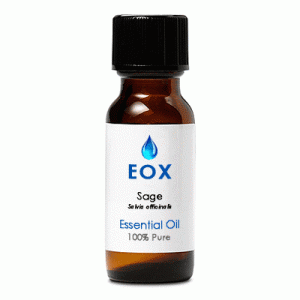|
Characteristics:
A pale yellow mobile liquid with a fresh, warm-spicy, herbaceous, somewhat camphoraceous odor. It blends
well with lavender, rosemary, rosewood, hyssop, lemon and other citrus oils. This common sage oil is
preferred in perfumery over traditional Spanish sage due to having a more refined fragrance.
Principal Constituents: These are naturally occuring in the essential oil.
- thujone
- cineol
- borneol
- caryophyllene
- terpenes
General Actions:     Open Symbols Key
Open Symbols Key
Anti-oxidant, antispasmodic, astringent, digestive,
diuretic, emmenagogue, febrifuge, hypertensive, insecticide, laxative, stomachic, tonic.
Safety:
  
Oral toxin (due to thujone). Abortifacient: avoid in pregnancy. Avoid in epilepsy. Contra-indicated
in cases of high blood pressure.
Primary Therapy Agent:
Excessive perspiration. Extremely limited therapeutic applications due to high thujone content. Perfumery use only. Clary sage is
a safer aromatherapy substitute.
Secondary Therapy Agent:
No specific secondary therapies. Used by many spiritual traditions for purification purposes.
Important Note: The information on Florapathics.com is
only provided for educational purposes, and further research should be done on each essential oil to be assured
of its proper usage for each individual. Aromatherapy is not meant to be a replacement for care under a qualified
health professional, but should be considered a complimentary modality.
|











